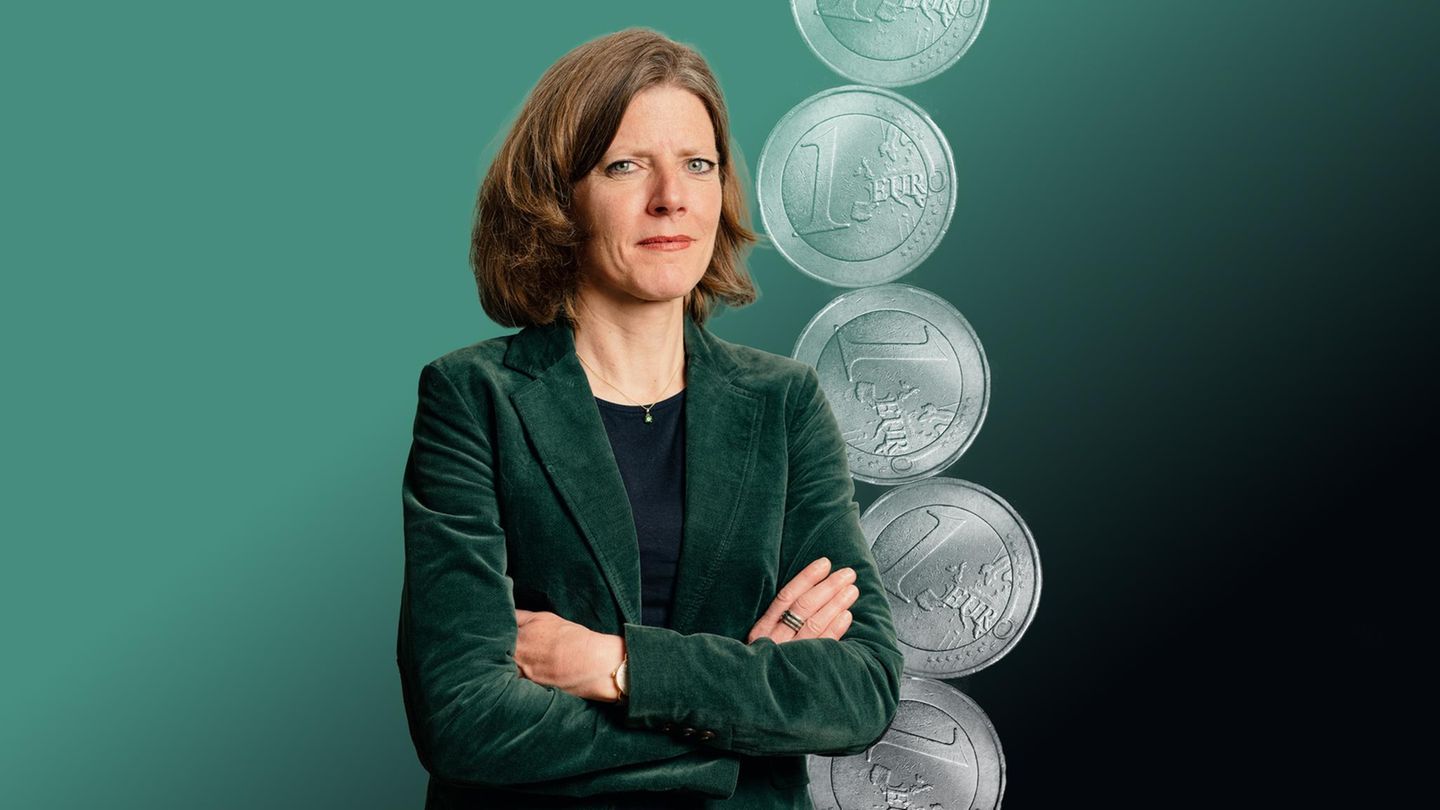According to William Maloneychief economist of World Bank For the region, Latin America lives a “Lost growth century”. The current model “It is not working very well”he said in statements to Bloomberg Line. The diagnosis points to a structural stagnation that exceeds economic cycles.
“We are growing slowly for many decades. We are more or less at the same level as what we had in the 2000-2010 decade.”Maloney said.
According to the latest projections of the World Bank Global Office, which are published in June, Latin America will grow 2.3% in 2025 and will have 2.5% on average in 2026-2027, still well below its potential.
In the April report of the World Bank Regional Office, which Maloney acknowledged that they had to postpone a week for the volatility that was lived in those days for the commercial war, The agency adjusted down its growth forecast for Latin America and the Caribbean up to 2.1% in 2025, which makes it the region of lower growth globally.
“The fact is that our growth model at this time is not working very well. Until Chile, which has made more extensive reforms than any country in the region, is growing with very little productivity,” Maloney said.
In the region there is great potential for Develop new industries taking advantage of the Biodiversity, the renewable energieshe Green hydrogen And other resources, areas that are on the radar of the multilateral organism to boost projects, the economist observed.
At the same time that there is low growth in Latin America, there is a low investment in “infrastructure, educational quality remains low and homicide levels are eight times higher than the world in general.”
Protectionism
On the recent criticisms of President Donald Trump to multilateral organizations, Maloney acknowledged that there is always room to review models, but defended the role of the World Bank as a technical partner for the countries.
“Rather I see that they are saying that we have to focus our mission. That maybe there is a field to rethink some elements, but at least I think the message is that they support the multilateral mission,” he said.
Regarding the risk of a Return to global protectionismMaloney said that the protectionist policies of the 1960s to the ’80s did not work due to lack of competition and openness to technological innovation. Therefore, he pointed out that what should be done is to remain open to the importation of technology and develop industries near the technological border, regardless of the tariff scenario.
“We have governments rather from the left than in past decades perhaps they had embraced protectionist policies, (…) now they are looking at new international ties and I think it is exactly the way we have to proceed, we have to diversify,” said the economist.
An opportunity in front of the commercial war. For Maloney, Latin America You have opportunities if you manage to prepare properly and fulfill your pending tasks. However, the region’s position will depend a lot on how the United States defines its medium -term strategy.
“Until now, with the exception of Mexico, we are going relatively well (as a region). Some products such as copper and oil continue to enter without tariffs, but uncertainty is high,” he said.
If the US decides to focus solely on your internal affairs, you may not seek to strengthen links with the region. However, Maloney believes that the opposite is more likely to happen: that the US is increasingly concerned about China, which would generate opportunities for Latin America to become a closer partner.
Regarding his vision of Argentina, Maloney valued some recent advances in the economy, although he warned about the next challenges.
“They have had achievements in the management of the fiscal deficit and have managed to reduce the inflation rate. They are now entering the next stage: how to administer the exchange rate and capital flows, which is complex and we must monitor how the government is doing it.”he stressed.
Source: Ambito




